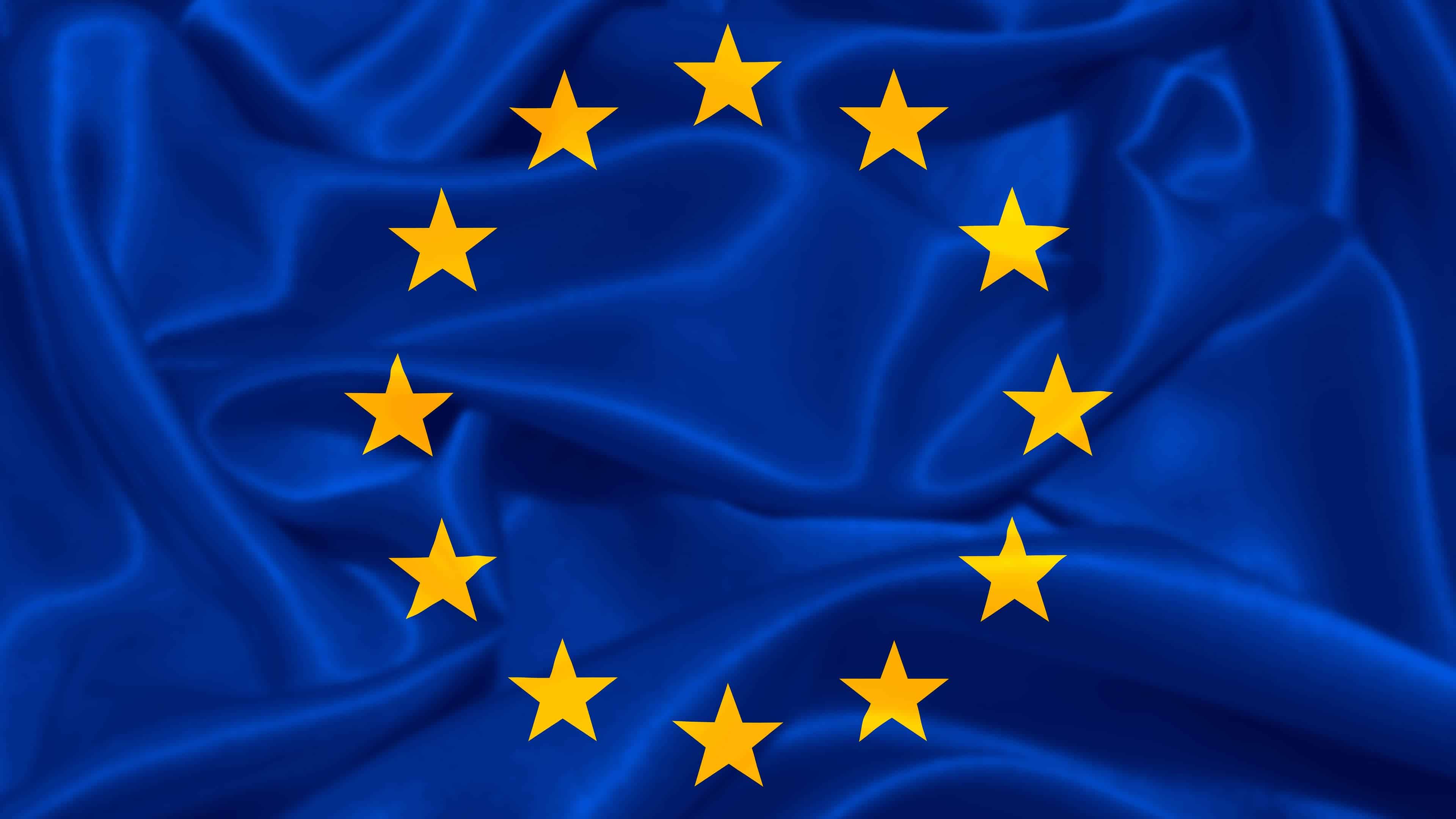Here you can find more about the Stockholm Environment Institute and the research.
[…]
Researchers have found that 18% of water use for China’s soy and beef imports from Brazil, and 54% of water use for the EU’s soy and beef imports from Brazil, came from river basins with either high or critical water scarcity. This means that a significant portion of the trade in these commodities is exposed to physical risks due to reduced water availability.
[…]
The river basins of Paraná, Tocantins-Araguaia, Amazon and São Francisco [all in Brazil] are key sources of water needed to produce and export soy and beef to China and the EU. However, these basins also supply water for domestic use, industry and energy generation, as well as for ecosystems. As climate change worsens, there is likely to be growing competition over diminishing water resources.
[…]



50% of the value for a “byproduct” is a lot, isn’t it?
I guess my main point is that we do not need to push the soy cake through guts of animals cramped in industrial farms, losing around 90% of the energy captured by soy and creating public health dangers. If used the soy directly as a food source, we wouldn’t need all the expansion. Even the soy cake can be used for totally healthy and tasty products, such as soy milk or meat alternatives. It would, anyway, reduce the stress on land use substantially. Simply because so much energy is lost in the whole feeding, caging, killing process of factory farming.
https://ourworldindata.org/grapher/energy-efficiency-of-meat-and-dairy-production https://ourworldindata.org/grapher/protein-efficiency-of-meat-and-dairy-production https://ourworldindata.org/land-use-diets
it is. a limited number of people want to eat soy cake, though.
your land use diet link depends on poore-nemecek 2018. it’s not good science and can be pretty much disregarded
considering it’s 80% of the weight of the bean, it’s pretty obvious it’s less desirable than the oil